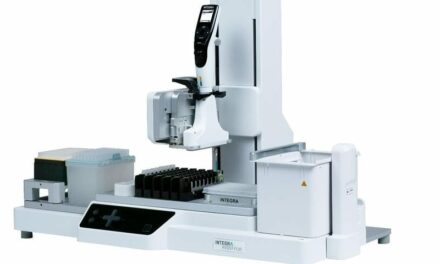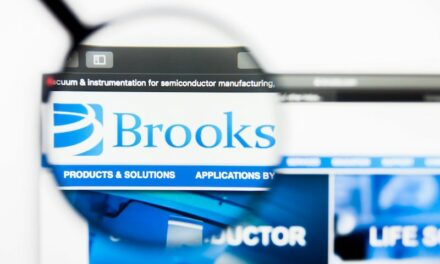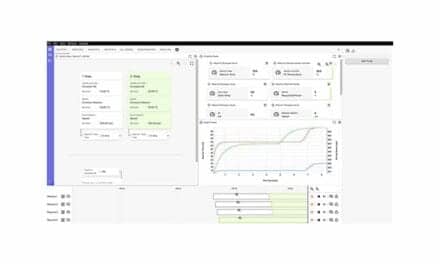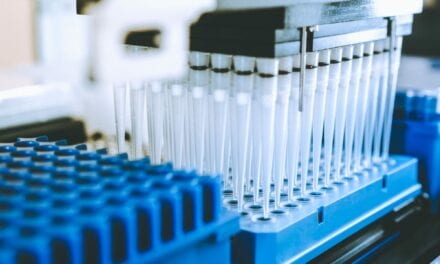CLP Editor Chris Wolski explains how he got over his fears of lab automation and why it might be right for your workflow.
By Chris Wolski
If I had to pick a theme for 2024, it’d be lab automation. It’s seemingly everywhere these days, including on the digital and physical pages of CLP. There’s good reason for it—with the ongoing workforce shortage of both laboratorians and pathologists—it’s needed.
Does that mean you should be considering a career change? Are we at the tipping point when machines will take over jobs and decision making? Frankly—though not a Luddite—I’ve had my qualms about all things automated. That was until I did a recent series of interviews.
As Julia Riemenschneider, VP of business development for United Robot Group, that has launched a series of anthropomorphized robots named Kevin noted: “Lab automation should be perceived as helping people and not as a means to take over.”
Perception is a dual edge sword for sure—and, in the worst cases, leading to embracing the bad and rejecting the good. Is Riemenschneider right? Should we embrace lab automation as good? I think so, but with a specific condition.
All of the evidence points to lab automation doing what Riemenschneider says it’s doing—helping. This is particularly the case with mundane tasks, such as preparing samples and counting cells or targeting suspicious ones, saving technologists and pathologists alike time—and labs money—allowing them to lean into what they do best and help patients.
My lab automation lightbulb moment—and it was lurking there all the time—is that it’s all about having the right mindset. It won’t replace human beings, and it won’t solve all of our problems. Lab automation (robots, AI, etc.) is just another set of tools in the toolbox, and that, in my mind, is how labs can avoid relying on it and not human expertise. The human factor is key. Without it the tool is just an idle thing.
Anil Parwani, MD, PhD, director of the division of Anatomical Pathology at Ohio State’s OSUCCC- James, summarized my point beautifully when discussing AI (and by extension lab automation): “It has become a clinical tool. AI plus the pathologist is a good option.”
Amen.
Chris Wolski is chief editor of CLP.





